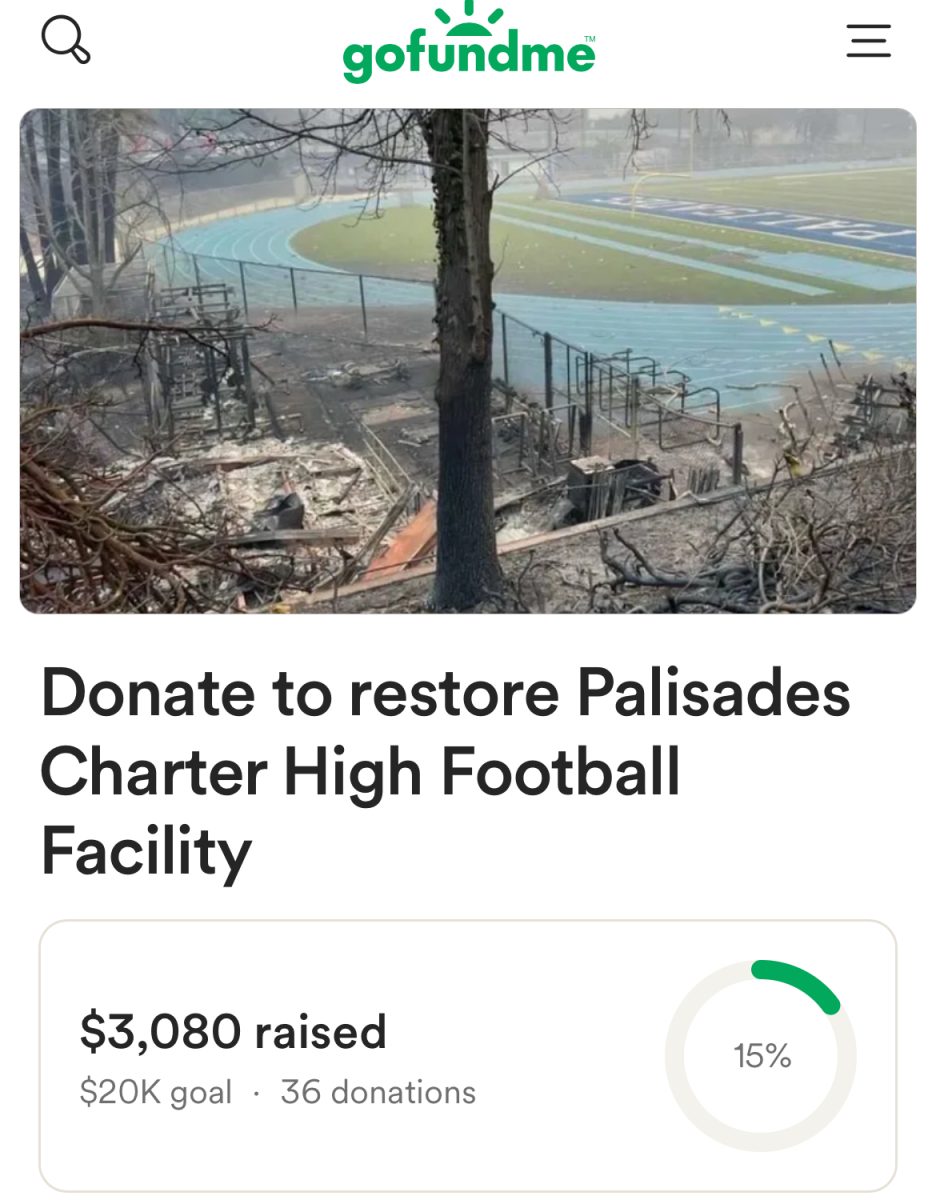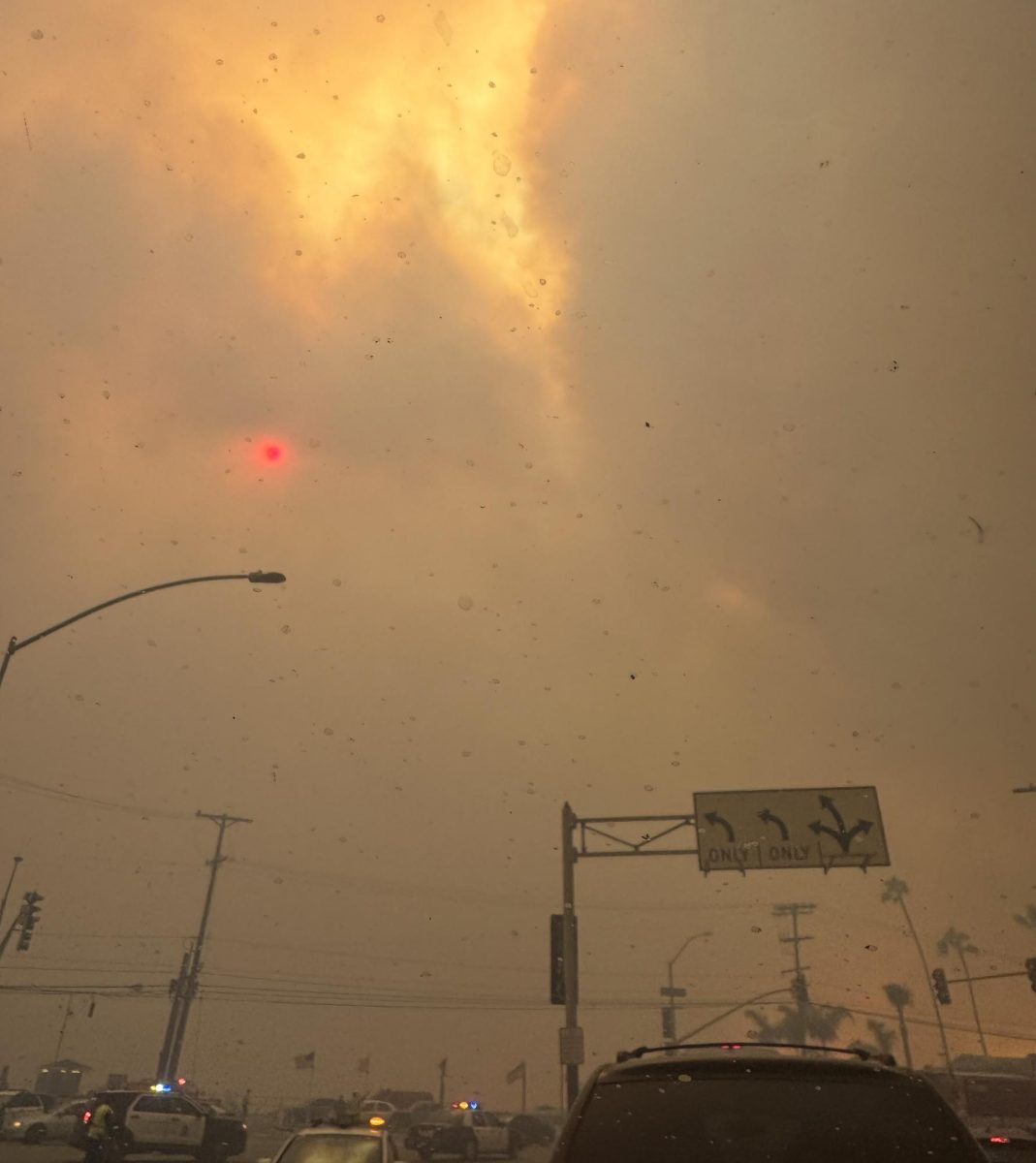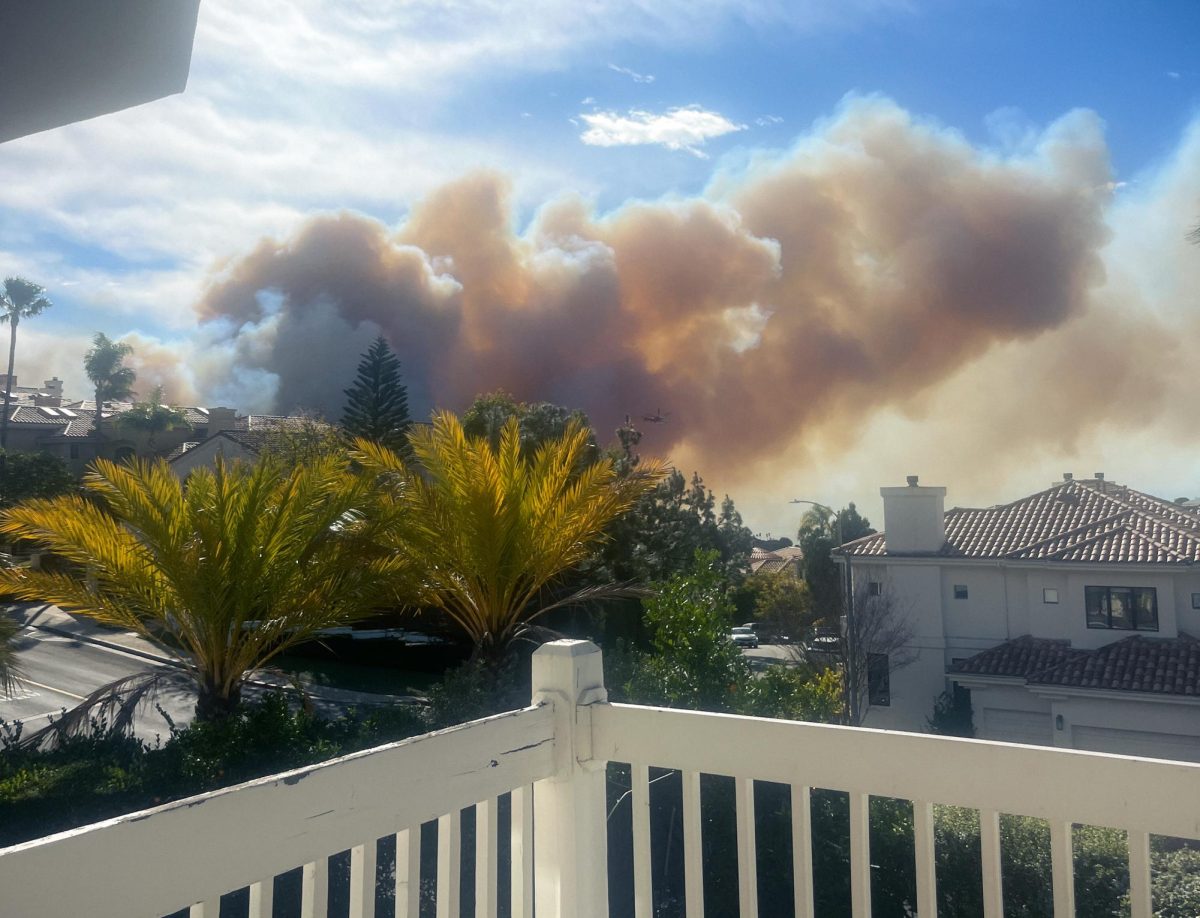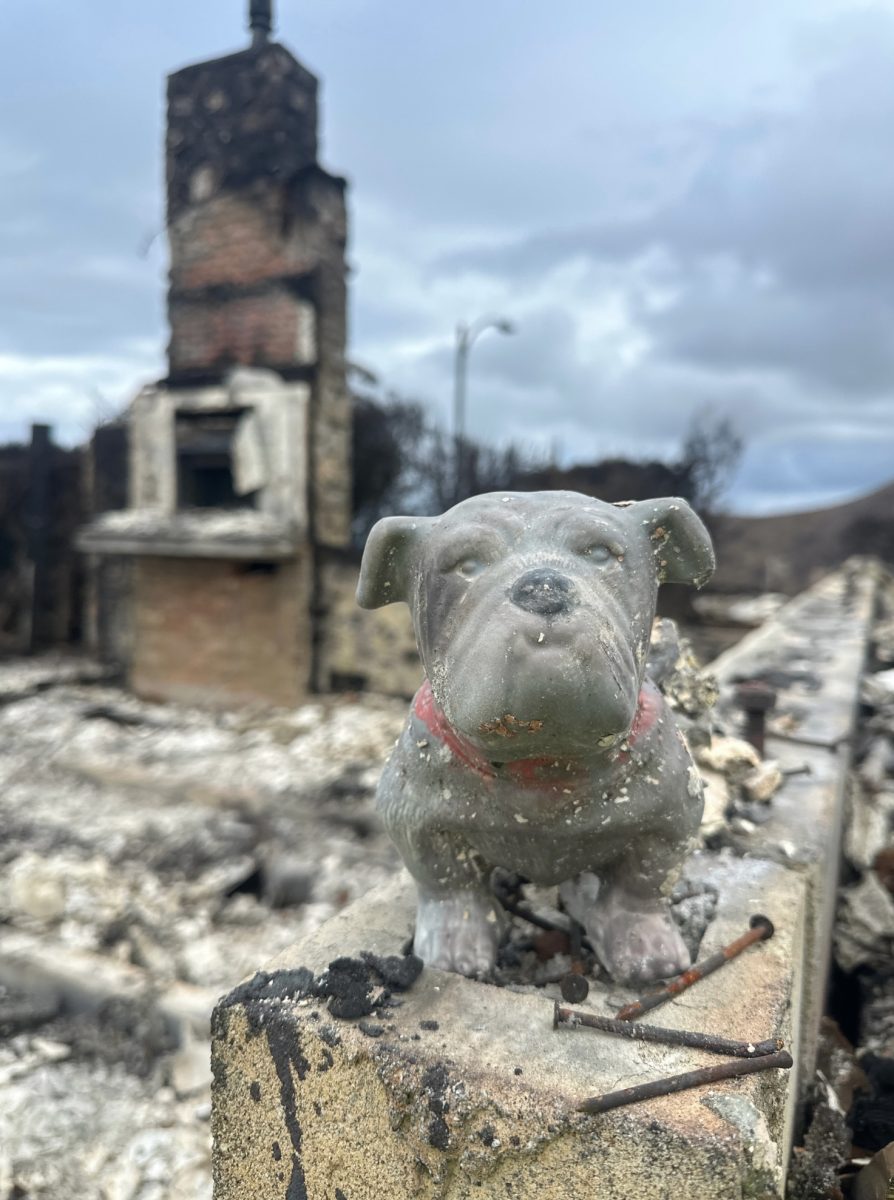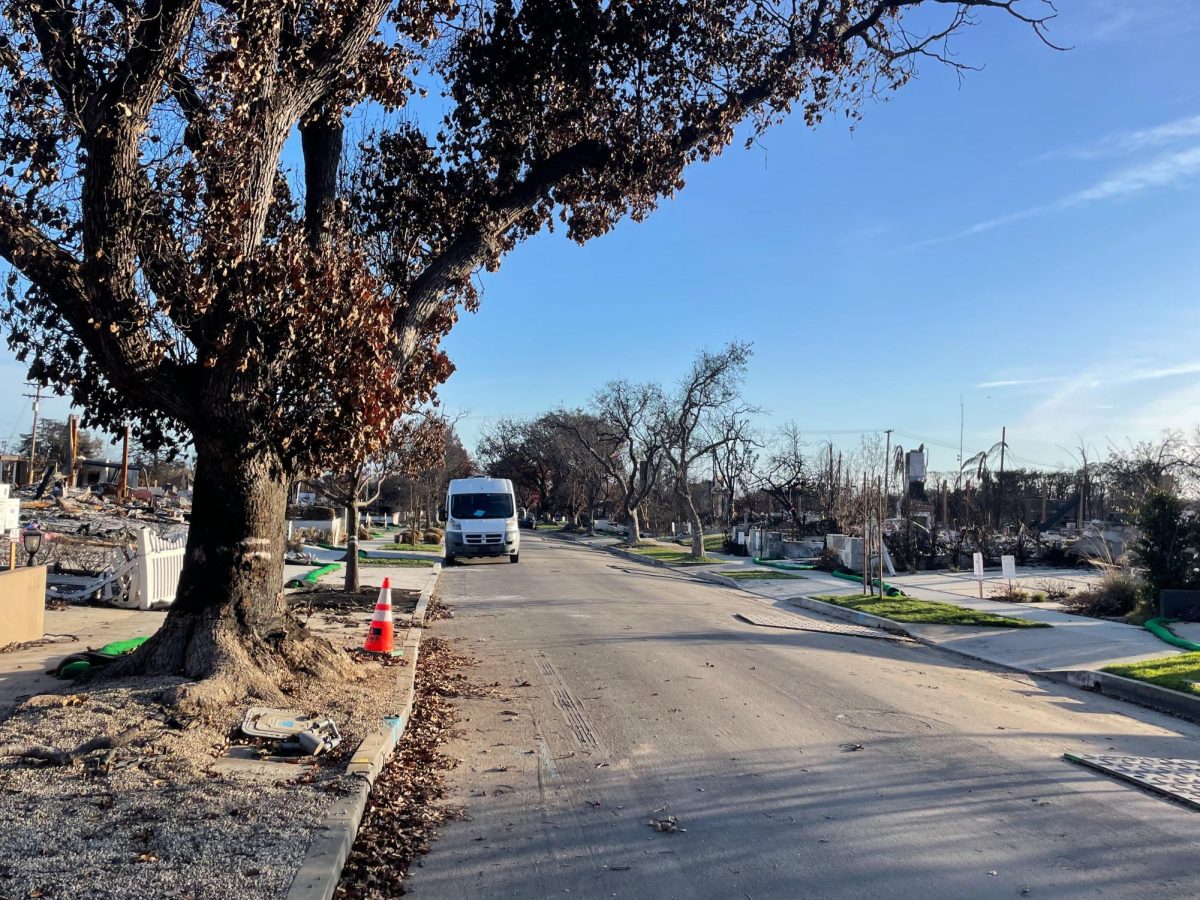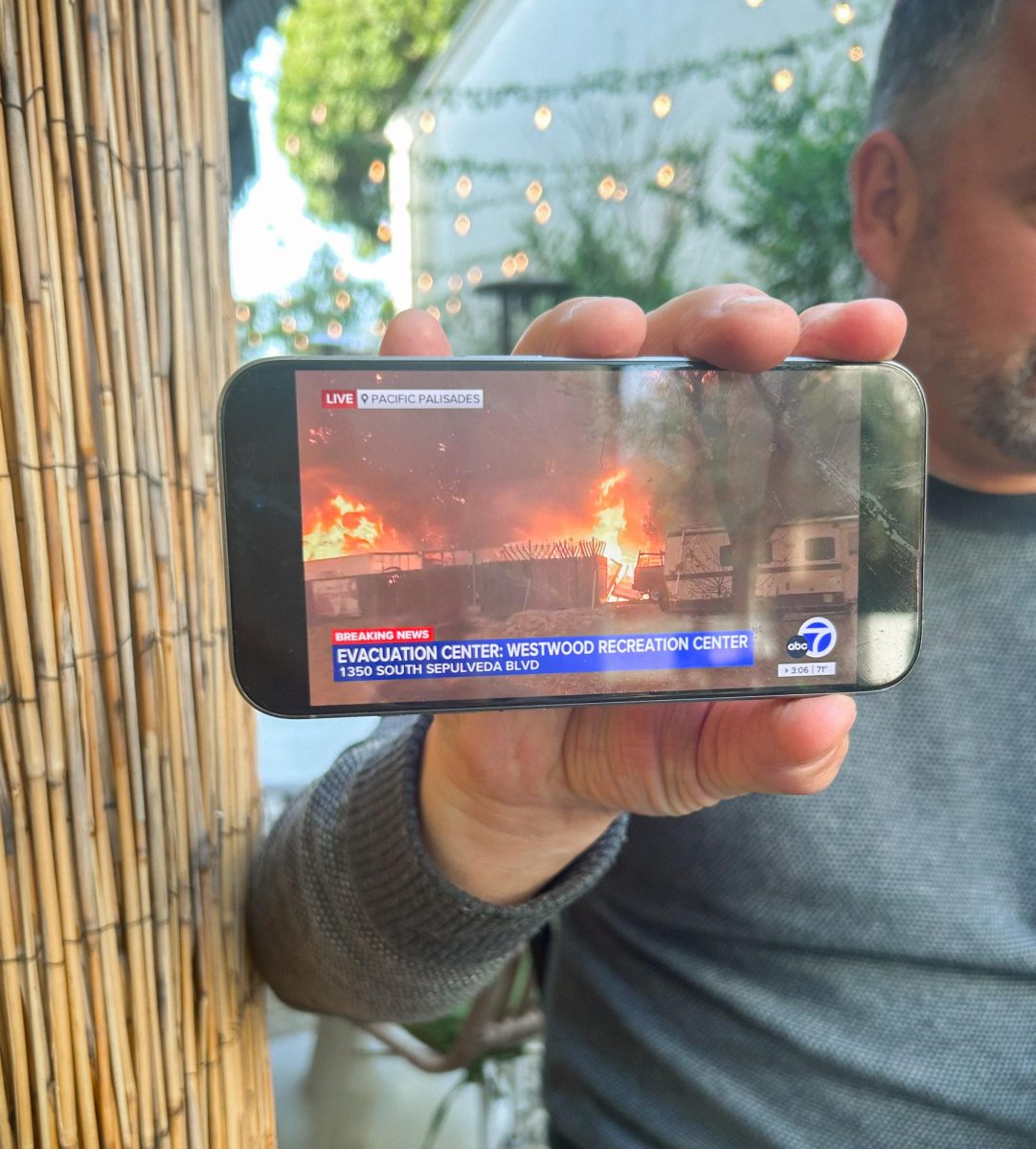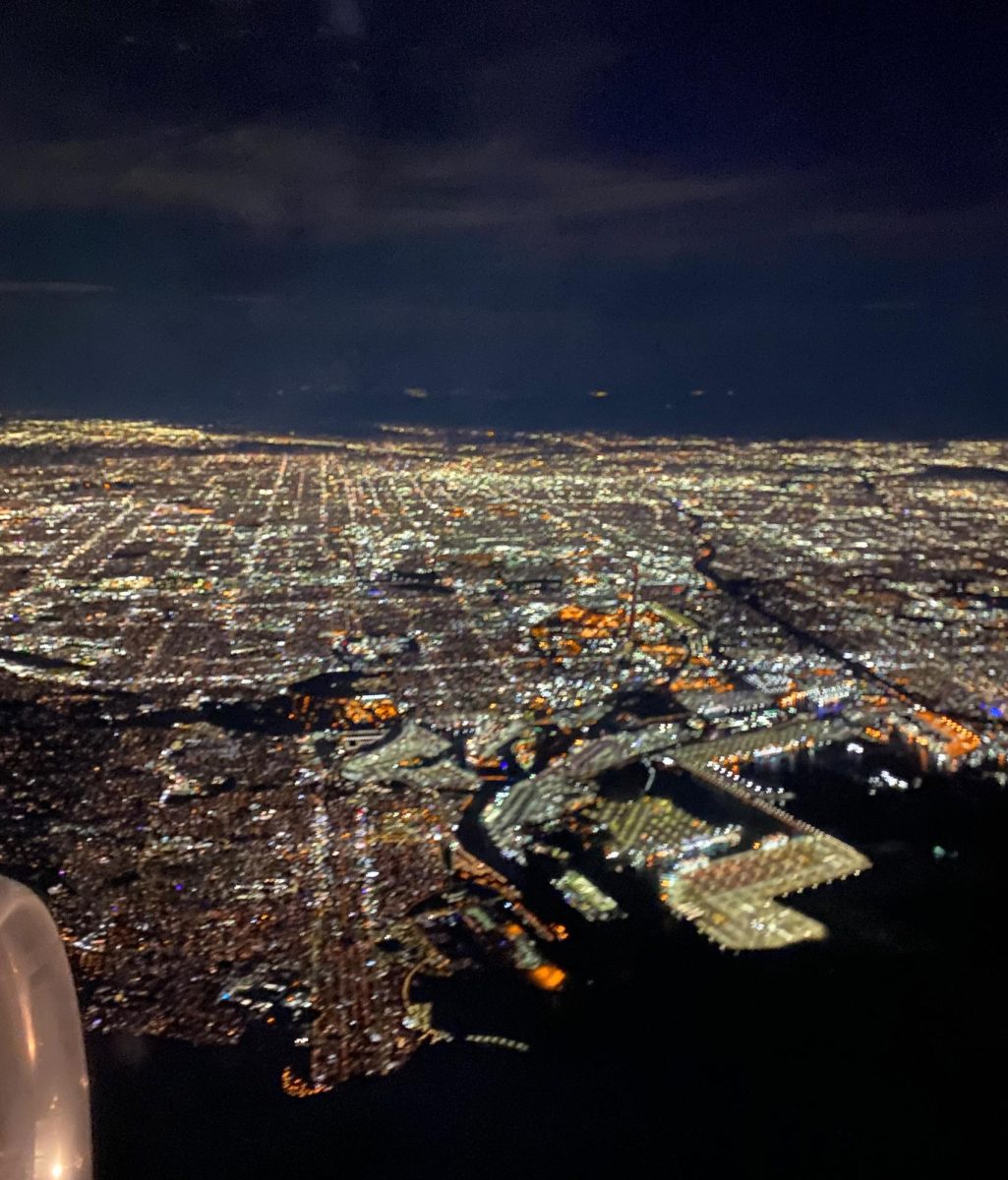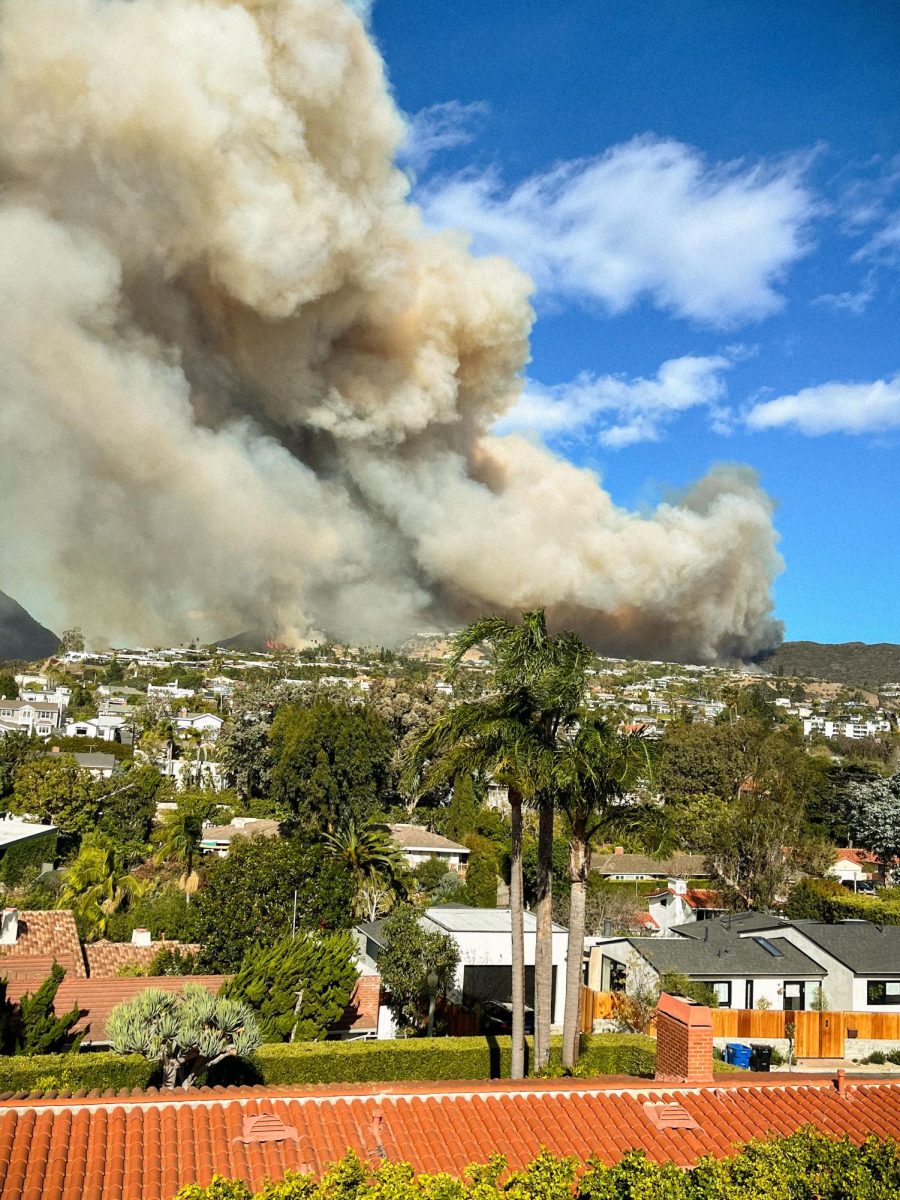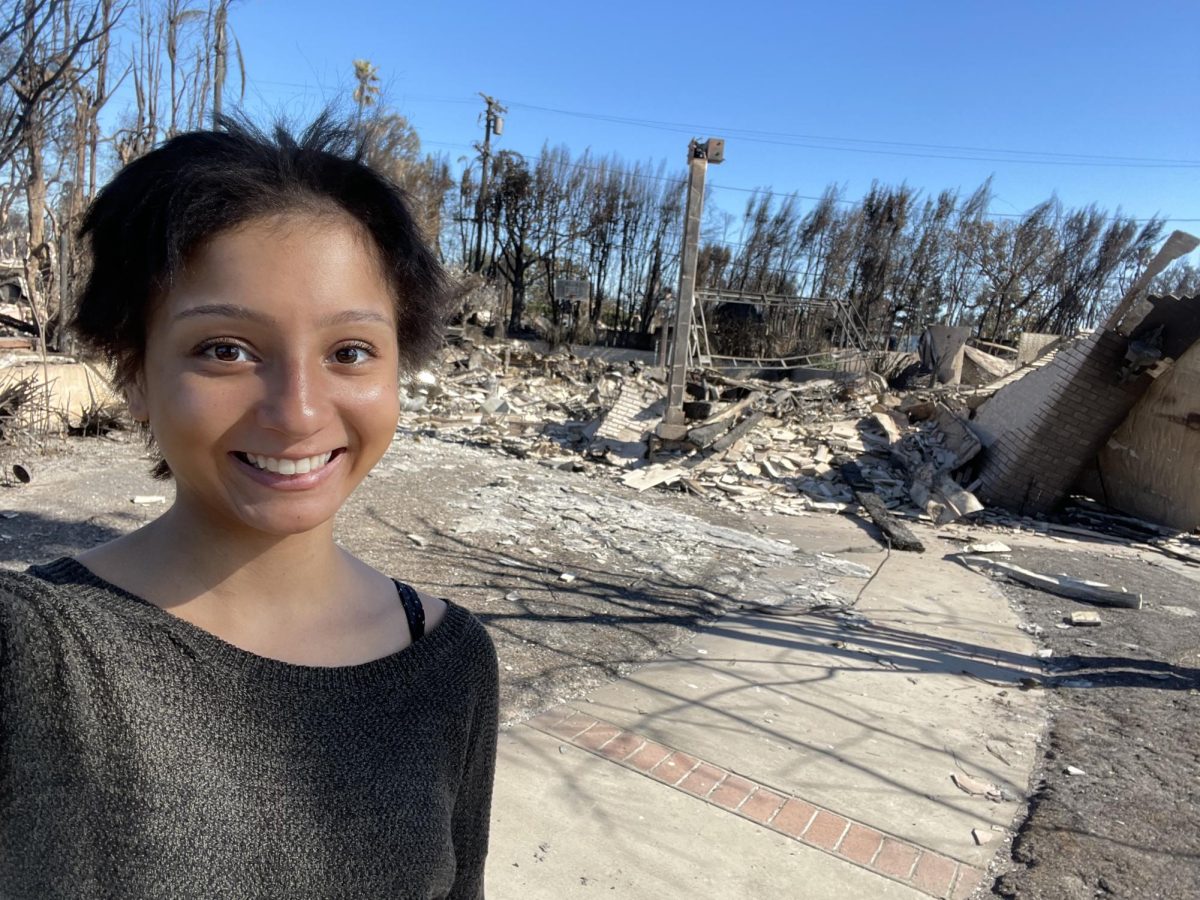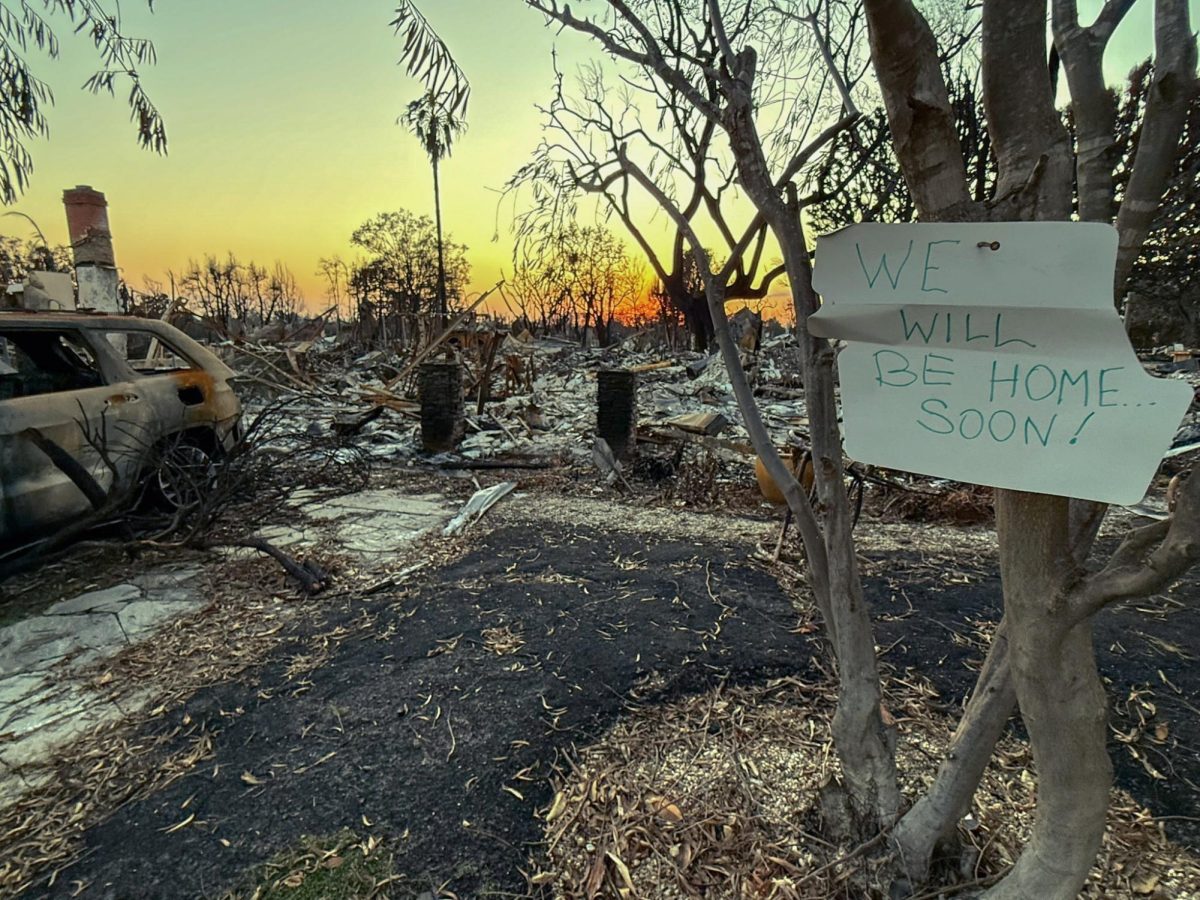AP’s after AP’s
A look into what Pali’s 2016 AP classes consist of following AP exams.
June 8, 2016
It’s that time of year again. While many of their classmates are struggling to cram for finals, students in Advanced Placement classes have never been more idle. To fill their 100-minute periods after finishing the Advanced Placement curriculum, Pali’s AP teachers have thought of different ways to keep their students busy.
Art (Drawing, 2D, 3D): Seniors in AP Art have been finishing up their door decorating projects, while juniors taking the class again next year are working on getting ahead on their portfolios. If students are done working on either project, they are free to do homework from other classes.
Biology: In Ms. Julie Benke’s AP Bio class, students are completing an independent research project on their own time, but class time is spent on going on hikes, watching movies such as “Contagion” and dissecting fetal pigs, frogs and lamb eyes. In Mr. John Vieira’s class, students have completed a fossil activity and dissected a cat over the course of three class periods. Both classes have also gone on a field trip to the Los Angeles Zoo with Pali’s regulars and honors biology classes.
Computer Science: In AP Comp Sci, students are expected to complete a project based on new technology and give a presentation to the class. Remaining class time is dedicated to “chilling and talking,” according to senior Elliot Makhani.
English Language: Students in AP Lang took a few class periods to complete Common Core English testing, then the three AP Lang teachers took their classes on different courses. In Mr. Steve Klima’s class, students watched “El Norte,” “Stand by Me” and “Dead Poets Society.” In Ms. Randy Tenan-Snow’s class, scholars have begun a creative poetry unit and their final project of writing a villanelle. They presented their original work to their class at the beach during finals week. Ms. Olivia Castro’s class is completing a project based on “The Great Gatsby.” Students also interviewed a person in their lives who grew up in an environment different from their own.
English Literature: In Dr. Mary Cappelli’s AP Lit class, students have created an art film based on a theme of their choice, read children’s books aloud, presented college tips to one another and played ultimate frisbee. Ms. Evelyn Rivera’s AP Lit class read and discussed the play “No Exit,” watched movies such as “Stuck in Love” and “The Truman Show” and completed a creative writing project. In Mr. Stephen Berger’s class, students wrote creative short stories following various prompts.
Calculus AB: The learning did not stop in AP Calc AB after the AP exam. After ordering pizza and chilling for the first class, students learned three Calculus BC topics and were quizzed on them. Scholars then worked on their final project, which consisted of writing a page of a cram book on a chosen calculus topic.
Calculus BC: Students in AP Calc BC had to take their final a few weeks after the AP exam and then worked on their final project, which was to create a calculus-themed board game.
Environmental Science: Mr. Steve Engelmann showed environmentally themed movies in his AP Enviro classes. Students were also expected to complete an environmental advocacy project, make a solar oven and bring a sustainably prepared, local or organically grown food to the classes’ environmental potluck. A notebook check and final exam occurred during finals week.
European History: AP Euro’s last weeks consisted of movies such as “Monty Python and the Holy Grail” and “Swing Kids,” from which pupils were expected to write down 10 European history references in each film. Students also worked on their creative projects, which could be a song, photo diary or even a rap battle for historical figures.
United States History: After completing Common Core Math testing in APUSH classes, Mr. Robert King and Ms. Tami Christopher both showed historical films and documentaries, with King showing “The Last of the Mohicans” and “Letters from Vietnam” and Christopher screening “Malcolm X.” Each class also had a final project to complete, with King’s being a PowerPoint highlighting a theme from throughout the year and Christopher’s consisting of designing a new Mount Rushmore or a cereal box, creating a soundtrack or writing a report on a historical character. King’s classes then watched a “Harry Potter” film.
World History: Mr. Steven Burr began AP World’s post-AP life with a screening of “Lagaan- Once Upon a Time in India,” a Bollywood film about British imperialism in India. AP World classes also played a game of jeopardy and watched “Saving Private Ryan.”
U.S. Government: After watching screenings of “National Treasure,” “Argo” and “The Hudsucker Proxy,” students moved to sharing their senior projects in class. These projects consisted of student-made films highlighting a threat to democracy in the United States and choosing a solution to the identified threat. Each period voted for a winner to go onto the next round of voting, where the best video across all classes was chosen for the annual “Rauscars” award. “Monty Python and the Tale of the Low-Voter Turnout” by period 3 students Emma Engler, Kevin Headrick, Omeka Ikegbu and Michael McNorvell won the third annual “Rauscar.”
Human Geography: AP Human Geo scholars watched “The Martian” and “He Named Me Malala,” engaged in a scavenger hunt featuring Pali landmarks across campus and had a world food potluck. For the potluck, students were expected to tie the food they brought into essential themes studied throughout the year, such as von Thunen’s model and Weber’s Least Cost Theory.
Physics: Students in AP Physics were expected to complete three projects following the AP exam — building a paper tower, a straw tower and a Rube-Goldberg machine. For the lattermost, awards were given in the form of extra credit to teams that had the machine with the longest time, the most complex design or some aspect of it that truly impressed Mr. Dave Schalek. After a few classes of engineering, AP Physics moved back into lecture-based learning with a final unit on relativity and cosmology, including a test on the final day.
Statistics: AP Stats students kept busy by working on a final statistics project of their choosing. Class time was used to collect and analyze data for these projects.
Spanish Language: In AP Spanish Lang, students were assigned relevant research assignments to their current stage of the college process. While seniors were researching information for the college they are attending — confirming financial aid packages, looking up housing options, exploring majors and clubs, etc. — juniors were looking up information for multiple colleges in preparation for the application stage.
Spanish Literature: Students in AP Spanish Lit completed their final project of writing a continued ending of “La casa de Bernarda Alba.”
French Language: After watching French movies such as “La famille Bellier,” AP French students threw a farewell party for junior Ilyes Menard, who is moving back to France for her senior year. Students also worked on their end-of-year video projects, which they presented to the class during finals week.


